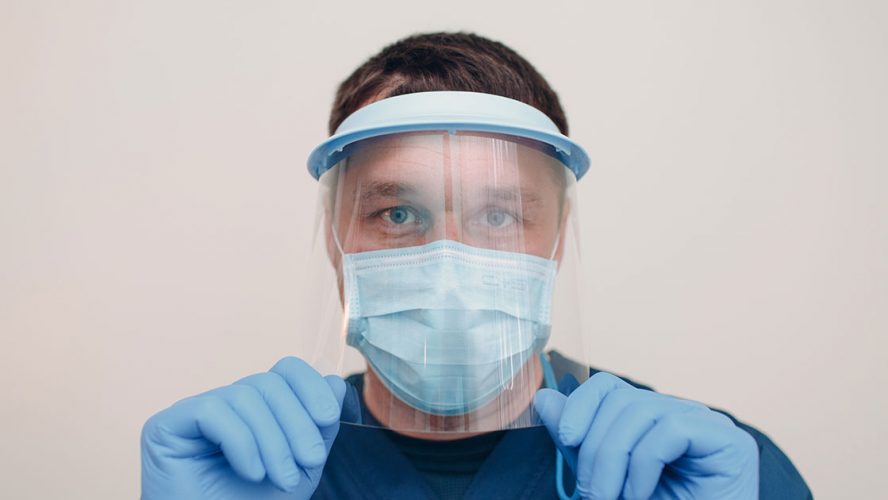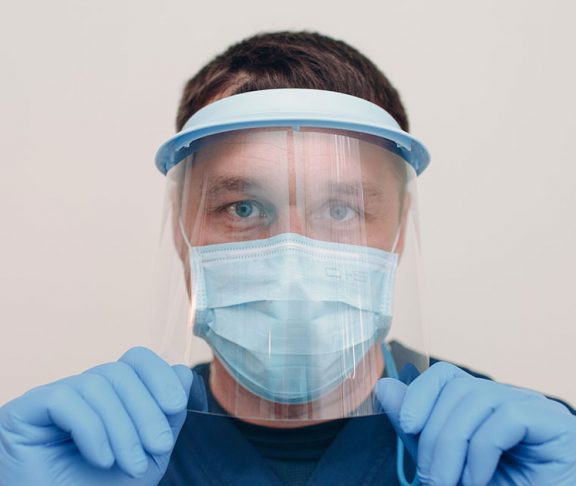Amid a pandemic and a tech revolution, all of healthcare, and especially dentistry, is at a pivotal moment. We spoke with our panel of experts about how dental practices can adapt to the times and ensure their patients prioritize their oral health.

Hans Zandhuis
President, Ally Lending
What predictions can you make about advancements in the oral healthcare space in 2021?
We expect a continuation of teledentistry for at least the first half of this year, and market experts are predicting that larger dental service organization networks will continue to grow. What’s most important to us is continuing to advance affordability and pay-over-time options for patients.
What advice can you give to Americans who want to better prioritize their oral health?
Don’t let cost be the barrier that prevents you from prioritizing your oral health. Taking care of your oral health helps take care of your overall health and well-being, so talk to your dentist about the flexible payment options they offer.
How can dentists prioritize their patients’ needs during the pandemic?
For dentists, leveraging technology, like teledentistry and virtual health screenings, will continue to be vital over the next few months.
During the pandemic, we’ve remained committed to providing a variety of financing solutions for patients. At certain points last year, we offered 6-month and 12-month no-interest options. This allowed patients to afford the procedures they needed while effectively delaying the payment of those procedures until they came out of the financial hardships they were facing.

Brant Herman
Founder & CEO, MouthWatch
What predictions can you make about advancements in the oral healthcare space in 2021?
In 2021, practices and patients will be adjusting to the lasting changes the pandemic will have brought into the traditional dental practice setting. I believe these changes will primarily focus on improvements to infection control and opportunities to improve the convenience, efficiency, and communication between patients and their oral care providers, and between teams of oral care providers.
In the dental office, changes designed to support infection control will be noticeable. Equipment to reduce aerosols and new approaches to PPE will become the new norm. Protocols in the office that look like a “process” continue to be implemented, many of which patients like due to the added convenience. Appointment check-in via text or messaging, reduction in waiting room size and wait times, shifting follow up appointments to virtual when possible, and virtual consultations for cases taking place when convenient and including family members to help discuss treatment. These approaches are connected to infection control, but really offer the convenience and improved communication that patients and practices are prioritizing.
What advice can you give to Americans who want to better prioritize their oral health?
The strong link between oral health and overall health has long been noted. Americans are beginning to take notice of the health benefits and disease prevention included with their oral health. Think about how the small changes to your daily oral health routine that can go a long way to improving overall health. Find a dental provider who is supportive of not only regular preventive appointments and restorative care, but who can also help guide you in making the best decisions about your oral health. Brushing, flossing, and regular professional dental visits are all important to maintaining a healthy smile.
Can you explain how one’s oral health relates to their overall health?
To many dentists and doctors, this is not news. The link between your oral health and your overall wellness is well-documented among a growing number of research studies. Periodontal disease indicates an inflammatory response while also providing an entry point for bacteria to your body.
With almost half of adults over 30 years old suffering from some form of periodontal disease, this is an easily addressed issue that has far-reaching health impacts. Good oral health helps address issues like inflammation, but it is specifically tied to improvements for certain diseases or medical conditions. Some well established conditions that benefit from good oral health include patients managing diabetes and cardiovascular issues, and women during pregnancy. Your mouth is an easily accessible early warning system.
How can dentists prioritize their patients’ needs during the pandemic?
Patients want telehealth options. This includes their dental care. While dental treatment needs to typically take place at a dental office in a dental chair, a patient’s oral health journey can be meaningfully impacted via telehealth through virtual consultations, messaging with the dental team, and the ability to conveniently share treatment plans and clinical information when the patient is not in the office.
It’s worth keeping in mind that dentists and hygienists are now wearing much more PPE. Being covered head to toe in PPE can make treatment presentations a bit more challenging, and now virtual consultations are more “face-to-face” than in-person conversations. When dentists and specialists can coordinate care more conveniently and effectively with each other and the patient via telehealth, everyone wins.

